Tackling Garage Floor Coatings
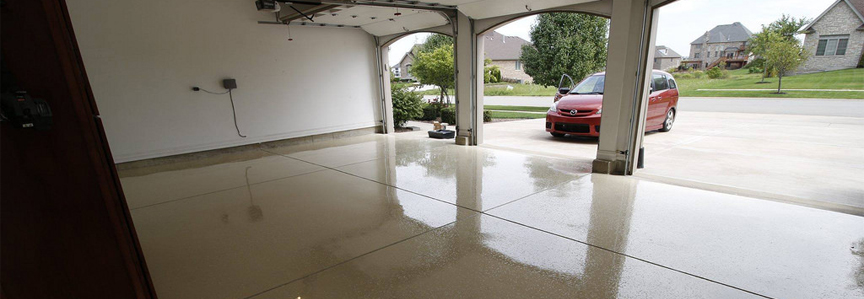
When it comes to looking for a garage floor coating, this is a process that needs to be done with patience to make sure you know exactly what you need. The garage is a complex setting that ranges in use from home to home so not every garage will require the same coating so not everyone’s recommendation will mean the same thing for your needs. So today, we are going to be going over 5 things you need to tackle before tackling garage floor coatings. Down below, we have outlined what you need to think about before getting started on your garage floor coating, so let’s get started!
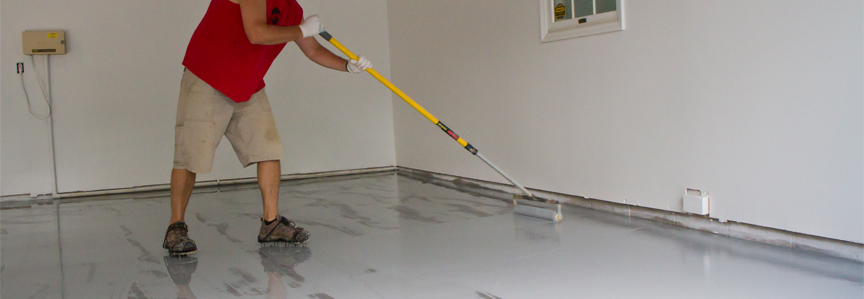
The most crucial step you need to tackle before installation is the type of coating that you are going to use. As we said above, everyone’s needs are different, so choosing the right coating is crucial to how long your coating can last and how well it will perform. For example, if your garage is used heavily for activities from automotive points or if harsh chemicals are commonly used in your garage, an epoxy flooring system may be your best bet to keep your concrete protected. But if you’re garage is focused on storing items, a decorative concrete system can be a better option.
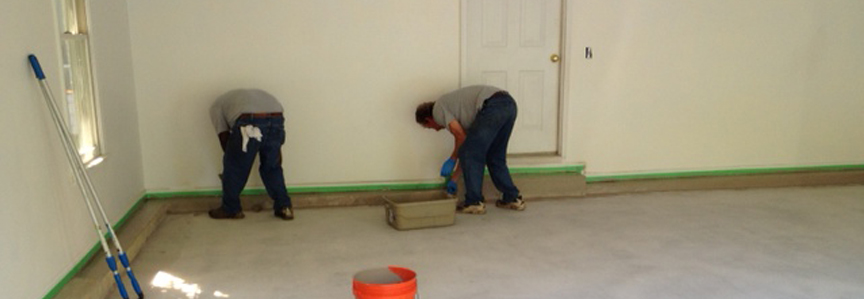
Before you start the installation of your garage floor coating, you must understand its installation process. Thankfully, most of the garage floor coating on the market offers the same form of installation practices. The only coatings that stand out are sealers, which only require repairs to be made and thorough cleaning of the concrete before it is installed. The other coatings have a much more intense installation protocol which involves the repair of the concrete slab cracks, gouges, and other imperfections. After repairs have been made, the slab must be properly prepared which involves the profiling of the concrete slab. To profile the concrete is to expose the pores of the concrete, allowing the material to form a tight bond with the slab. To profile the concrete, don’t use acid-based materials that advertise the same result as the right methods of profiling, grinders, or shot blasting. Because of the expensive cost of the tools required and the intense manual labor of the process, many homeowners opt to have a professional contractor take the reigns of the project.
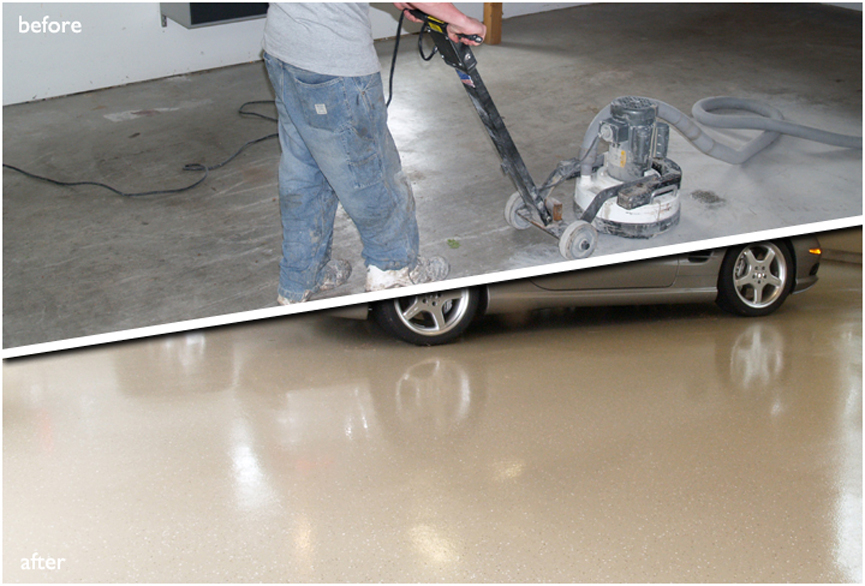
Another thing you need to handle before thinking about installing a garage floor coating is to inspect the condition of your concrete slab. Does your concrete have any problem areas like cracks, weathering, or structural damage? If any of these are present, the repair must be completed before installation can begin. Another thing to look out for during inspection is if there are any preexisting coatings still on your concrete or if excessive laitance (less stable layer of cement) is present. If so, both of these materials must be removed before the installation or even preparation process can begin.
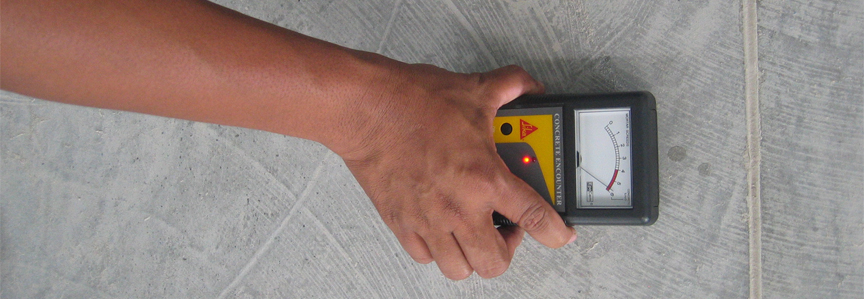
Identifying the moisture levels of your concrete is one of the most important steps of any garage floor coating installation process. With specialized equipment, a concrete contractor can perform a test called the Relative Humidity test (RH Testing). With an RH test, you will be able to see the real condition of your concrete and the exact level of humidity that your concrete will have to endure with a sealed coating over it. Don’t worry, this test is fast, accurate, and fairly affordable but it is also used to ensure that your coating will be safely installed without it bubbling or buckling over time when moisture builds up underneath it.
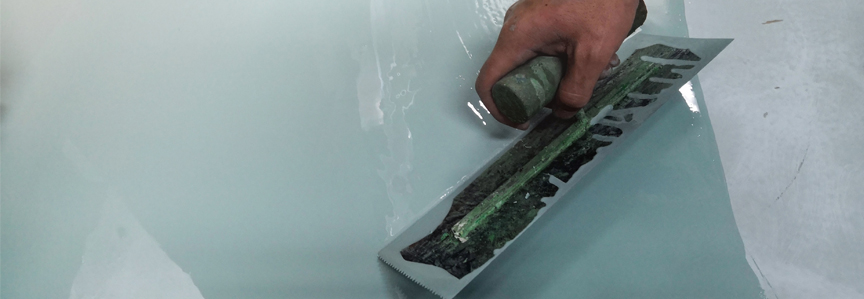
Now that your concrete is clear of any hazards and you understand how to prepare your concrete, now it’s time to get comfortable and familiar with the installation process of your coating. For example, concrete overlays and epoxies can be installed with a squeegee, maximizing the efficiency of the installation. But for decorative coatings like stamped concrete, the installation process can be a little more involved with rubber stamps and stamping sticks to create the desired finish. Remember, if you are not comfortable with the process of installation your desired coating entails, keep an open mind and enlist the help of a professional contractor
There you have it, the 5 things that you should tackle before you have your garage floor coating installed. Remember, it always pays to get at least an opinion from a professional contractor before doing the service yourself. But no matter what you do, we wish you the best of luck on all of your home improvement projects to come!
